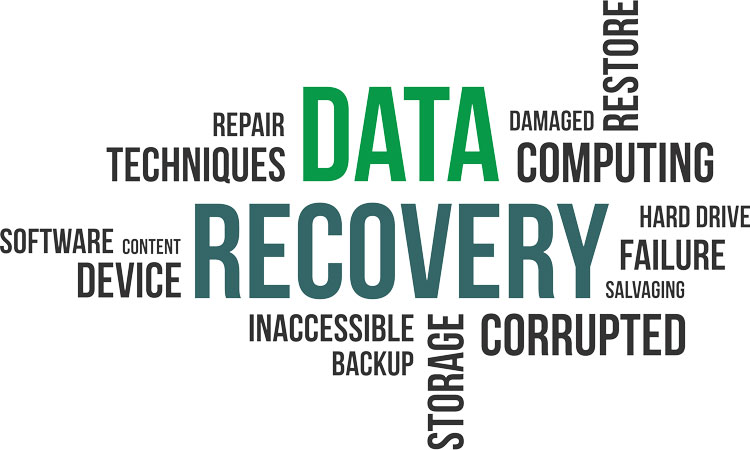
Protecting a VB365 Server and its infrastructure is critical with advanced deployments. Restoring these components from a backup is the quickest way to maintain the existing (running) configuration without affecting the rest of the VB365 deployment and its jobs. They include all the information and details for the VB365 infrastructure configuration. The configuration (ConfigDB) and Proxy (ProxyDb) folder on the VB365 Server and VB365 Proxy installations are very important. Should the VB365 Backup Repository use SMB shares, such shares need to be backed up separately. The protection planning must also include the additional VB365 Proxy Servers and Repositories.
#321 data backup update#
Performs granular item restores from local repositories in the backup using Veeam Explorers available on the VBR Server (Veeam Backup and Replication 9.5 Update 4 and higher).Ensures swift VB365 components restores (ConfigDB, ProxyDB and associated files).Protecting a VB365 deployment with Veeam Backup & Replication (VBR) offers the following advantages: Even while the VB365 Server and Proxies are running backup and restore jobs of Microsoft 365 data. This VSS writer ensures application consistent backups of the VB365 infrastructure components. You can identify it by running vssadmin list writers on the commandline: As with both virtual or physical server installations, Veeam Backup & Replication™ offers all the tools for application and crash consistent backups of VB365 deployments.Įach VB365 Server and Proxy installation includes a specific Veeam VSS writer. Protecting the Veeam Backup for Microsoft 365 deployment ensures Availability for the infrastructure components and more importantly for the data in the Veeam Backup for Microsoft 365 Backup Repositories.Ī Veeam Backup for Microsoft 365 deployment can be either on a physical or virtual environment. As a result it is important to protect the Veeam Backup for Microsoft 365 deployment against accidental loss. You should consider these rules also during your planning of the backup for Microsoft 365.

of which one should be off-site (and maybe also offline).

The 3-2-1 rule is one of the basics when talking about data protection.


 0 kommentar(er)
0 kommentar(er)
